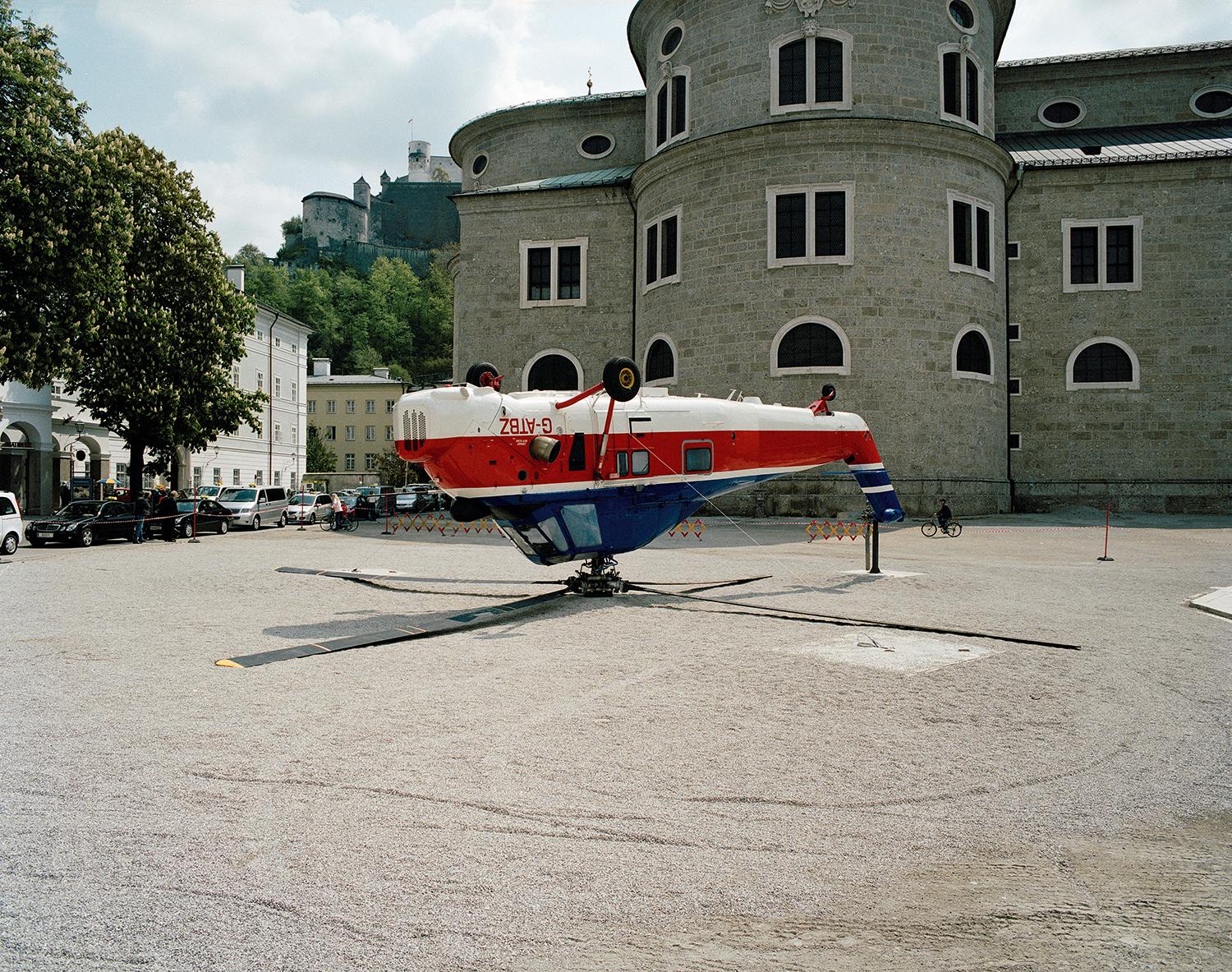Purple Magazine
— F/W 2013 issue 20
Paola Pivi
 A Helicopter Upside Down in a Public Square, 2006, Westland Wessex helicopter, photo by Hugo Glendinning, Courtesy Kontracom06, Salzburg, Galleria Massimo de Carlo, Milan and Galerie Perrotin
A Helicopter Upside Down in a Public Square, 2006, Westland Wessex helicopter, photo by Hugo Glendinning, Courtesy Kontracom06, Salzburg, Galleria Massimo de Carlo, Milan and Galerie Perrotin
on artistic freedom
interview by OLIVIER ZAHM
portrait by LADY TARIN
OLIVIER ZAHM — So Paola, now you’re living in India.
PAOLA PIVI — I’m spending time there, yeah. First, I came for an art project about the tulkus. Then I met a Tibetan man who became my husband, and created my family.
OLIVIER ZAHM — Is the tulkus project political or is it an art project or both?
PAOLA PIVI — It’s research into a religion. So, by default it’s kind of political. But it’s also an artwork that’s involved hundreds of volunteers from all over the world, along with Tibetan people and culture, which has a very complex history.
OLIVIER ZAHM — What are tulkus?
PAOLA…